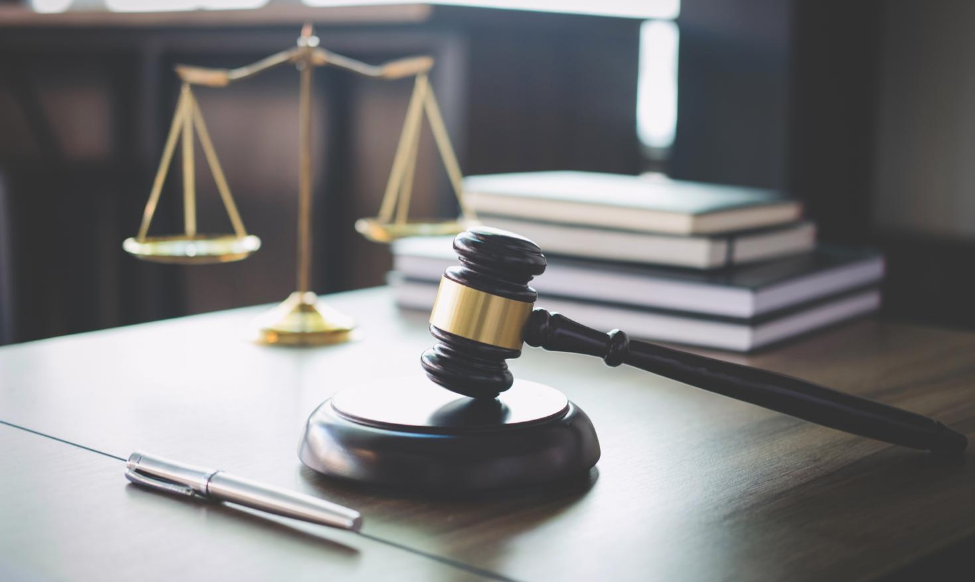By Christine Malafi
On August 12, 2019, Governor Cuomo signed reformations to New York’s sexual harassment laws passed in June by State lawmakers. The 2019 reforms provide additional protection to those who have been subjected to workplace harassment and require that state laws be interpreted and construed “to maximize deterrence of discriminatory conduct,” regardless of federal law.[1] These amendments will likely lead to a more employee-friendly ruling climate. The laws will generally take effect 60 days from August 12, 2019, with some provisions having an effective date of 180 days.
Under the new laws, as of February 8, 2020 the definition of “employer” within the entirety of the New York State Human Rights Law has been expanded to include all employers in the state, including the state and its political subdivisions as well (i.e., counties, towns, and villages)[2] and all employers can be liable for any unlawful discrimination they permit it to occur against non-employees, not just sexual harassment.[3]
Up until these reforms, those claiming workplace harassment under
New York State law were required to show that the harassment to which they were
subjected was “severe or pervasive” to sustain their claim or legal action. The
new laws lower the burden of proof by removing the phrase “severe or pervasive”
from the legal standard,[4] making “sporadic” sexual
harassment sufficient to support a claim. Employers may be liable for
harassment (an unlawful discriminatory practice) when the harassment subjects
an individual to inferior terms, conditions, or privileges of employment due to
his or her membership in a protected class.[5] Employers have affirmative
defenses to liability only where the conduct alleged is considered to be petty
slights or trivial inconveniences by a “reasonable victim of discrimination
with the same protected characteristic.”[6] Further, the new laws
prohibit employers from using a complaining employee’s failure to report the
alleged harassment or follow the employer’s internal policies and procedures as
an absolute defense to a sexual harassment lawsuit.[7] Given these lesser
standards, employers should address all forms of workplace harassment to avoid
potential liability.
This new law expands the prohibition against mandatory
arbitration clauses to all types of discrimination, not just sexual harassment,[8] and also weakens the
effectiveness of non-disclosure agreements by expanding protections against
their use to not only sexual harassment claims, but all claims for
discrimination.[9]
The law further permits those employees who sign non-disclosure agreements to
participate in sexual harassment investigations and, as of January 1, 2020, voids
any non-disclosure obligations with regard to future claims of discrimination
unless the employee is told that he or she can still speak with a reporting
agency. Moreover, all non-disclosure agreements must be written in “plain
English,” be provided to the complainant in his or her primary language, and be
given to the complainant at least 21 days before it needs to be signed. After
signing, the complainant has seven days to revoke the document.
Further, as of August 12, 2020, the reforms extend the civil limitations period for employees to file discrimination complaints with the State Division of Human Rights from one to three years[10] and the civil and criminal statute of limitations for rape in the second degree to 20 years after the incident, and for rape in the third degree to 10 years after the incident.[11]
The power of the New York State Attorney General’s Office to
prosecute discrimination cases has been expanded to all protected classes,[12] and the State Division of
Human Rights may award attorneys’ fees in all types of discrimination claims.
Moreover, courts may award punitive damages in all types of discrimination
claims (involving private employers[13] only); courts no longer
have discretion in awarding attorneys’ fees; and the law now provides that the
court “shall” award attorneys’ fees to the prevailing party (however, employers
who prevail must show that the claim was frivolous to have attorneys’ fees
awarded).
A copy of the employer’s sexual harassment prevention policy
must be provided to every employee in English and in the primary language of
each employee, and must be provided yearly, at the mandatory training sessions
under the law.
Finally, the new laws require the State Department of Labor
and Division of Human Rights to regularly update the model policies and study
the ways in which further progress can be made to prevent sexual harassment in
the workplace.[14]
These extensive legal reforms will surely have far-reaching
consequences. Businesses are advised to again review their workplace policies
as soon as possible to remain in compliance with all New York State sexual
harassment laws. If you have any questions or concerns regarding these changes
to New York State law, please contact our office.
[1]
N.Y. Exec. Law §
300.
[2]
Id. § 292(5).
[3]
Id. § 296-d.
[4] Id. § 296(h) (effective October 11, 2019).
[5]
Id.
[6]
Id.
[7] This defense had been known as the Faragher-Ellerth defense, named after
two U.S. Supreme Court cases.
[8]
N.Y. Civ. Prac. L & R §
7515(a)(2) & (3) (to extent not inconsistent with federal law; see Latif v. Morgan Stanley & Co., LLC, No.
1:18-cv-11528 (S.D.N.Y. 6/26/19)).
[9]
N.Y. Gen. Oblig. Law §
5-336(1)(a)(b) & (2); N.Y. Civ. Prac. L & R § 5003-b.
[10]
N.Y. Exec. Law §
297(5).
[11]
N.Y. Criminal Procedure Law §
30.10(2)(a-1) & (a-2); N.Y. Civ. Prac. L & R § 213-c.
[12]
N.Y. Exec. Law §
63(9) & (10).
[13]
Id. § 292(37).
[14]
N.Y. Labor Law 201-g
(beginning in 2022 and every four years thereafter).









